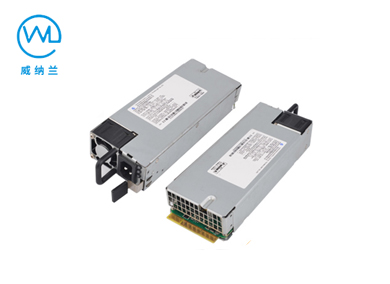
Technical support

In the field of switching power supply technology, people are developing related power electronic devices while developing switching frequency conversion technology. The mutual promotion of the two promotes the development of switching power supply towards light, small, thin, low noise, high reliability, and anti-interference with a growth rate of over two digits each year. Switching power supplies can be divided into two categories: AC/DC and DC/DC.
Micro Low Power Switching Power Supply
Switching power supply is moving towards popularization and miniaturization. Switching power supply will gradually replace all applications of transformers in life. The application of low-power micro switching power supply should first be reflected in digital display meter, smart meter, mobile phone charger, etc. At present, the country is vigorously promoting the construction of smart grids, and the requirements for energy meters have significantly increased. Switching power supplies will gradually replace transformers in the application of energy meters.
Reverse series switching power supply
The difference between a reverse series switching power supply and a general series switching power supply is that the output voltage of this reverse series switching power supply is negative, which is exactly opposite to the polarity of the positive voltage output of a general series switching power supply; And because the energy storage inductor L only outputs current to the load when the switch K is turned off, under the same conditions, the output current of the reverse series switching power supply is twice that of the series switching power supply.

Switching power supply is a type of power supply that utilizes modern power electronics technology to control the time ratio of switch on and off, and maintain a stable output voltage. Switching power supply is generally composed of pulse width modulation (PWM) control IC and MOSFET. With the prospect and advancement of power electronics technology, switching power supply technology is also constantly improving. At present, switching power supply is widely used in almost all electronic facilities due to its small size, lightweight, and high efficiency, and is an indispensable power supply method for the rapid development of the electronic information industry today.
With the rapid development of power electronic technology, the relationship between power electronic facilities and people's work and life is becoming increasingly close. Electronic facilities cannot do without reliable power sources. In the 1980s, computer power supply * * achieved switch mode power supply, taking the lead in completing the power supply replacement of computers. In the 1990s, switch mode power supply has entered various fields of electronic and electrical facilities, such as program-controlled switches, communication, and electronic testing facility power supply Switching power supplies have been widely used in control facilities, such as power supply, which has promoted the rapid prospects of switching power supply technology.
Compared to linear power supplies, the cost of both increases with the increase of output power, but their growth rates vary. The cost of linear power supply is actually higher than that of switching power supply at a certain output power point. With the prospect of power electronics technology and the continuous improvement of switching power supply technology, this cost reversal point is increasingly moving towards the low output power end, providing a wide range of prospects for switching power supply.
High frequency switching power supply is the direction of its future. High frequency makes switching power supply miniaturized and enters a wider range of applications, especially in the field of high-tech technology, promoting the miniaturization and portability of high-tech products. In addition, the prospects and applications of switching power supply are of great significance in security monitoring, energy conservation, resource conservation, and environmental protection.


